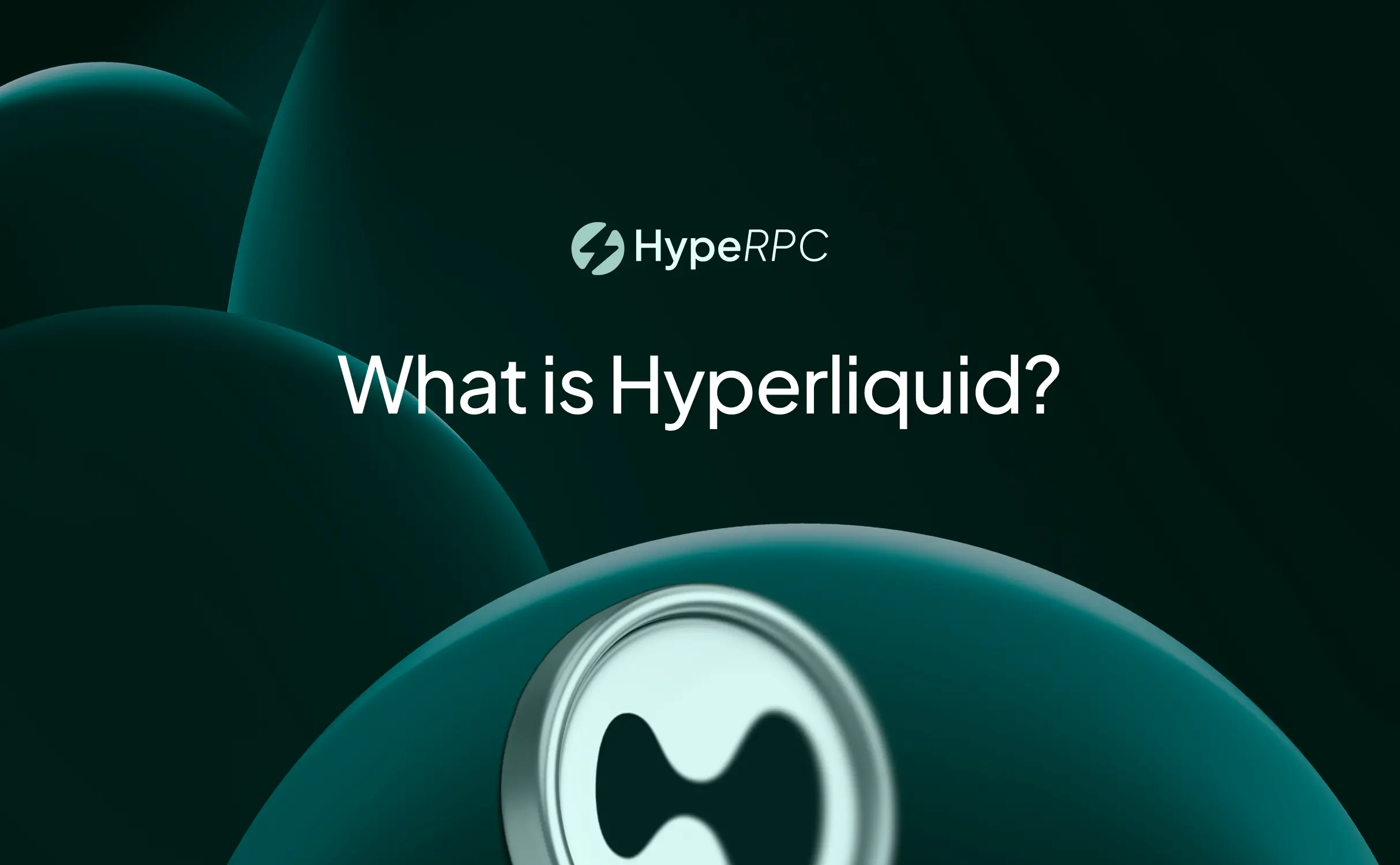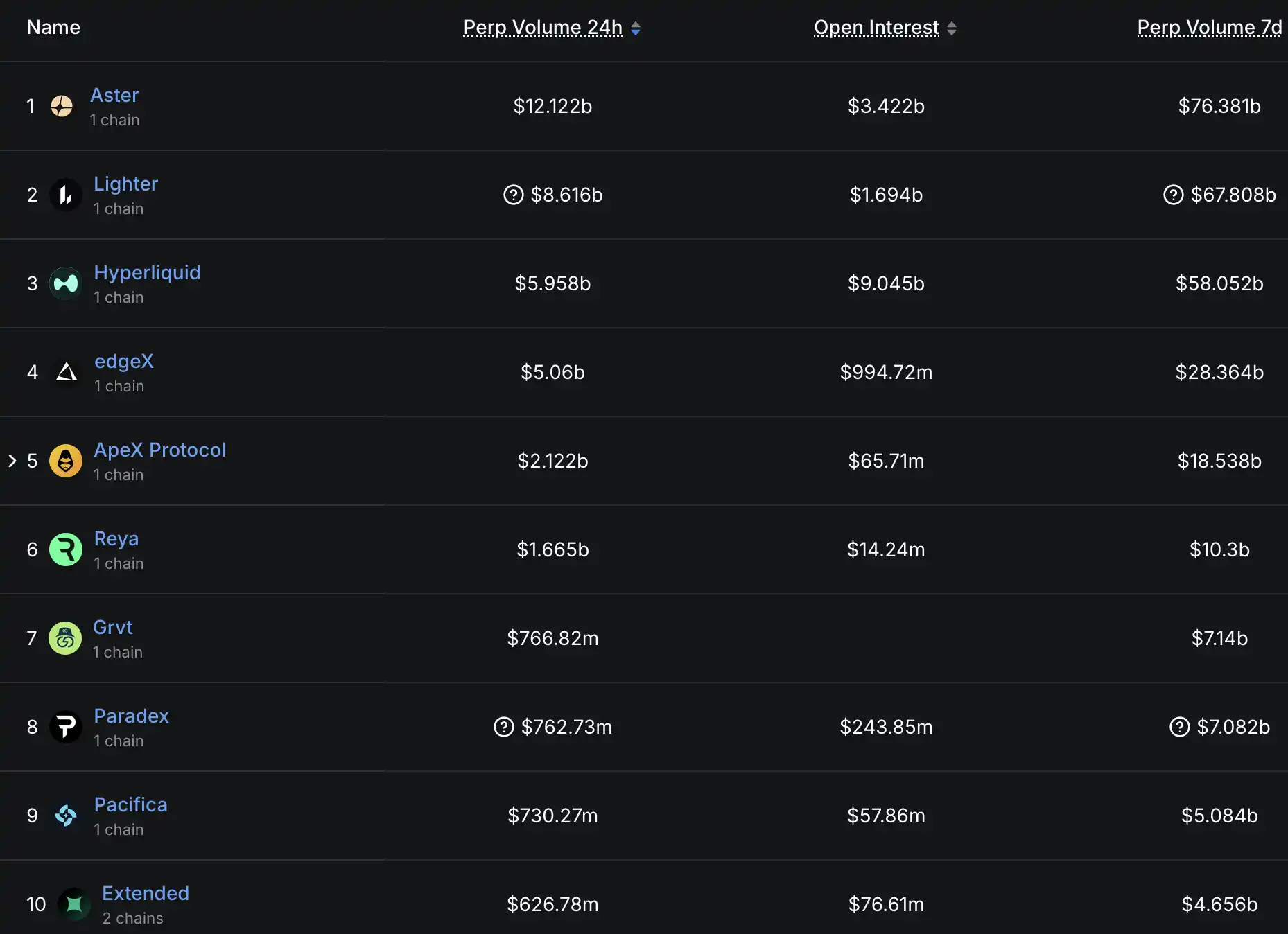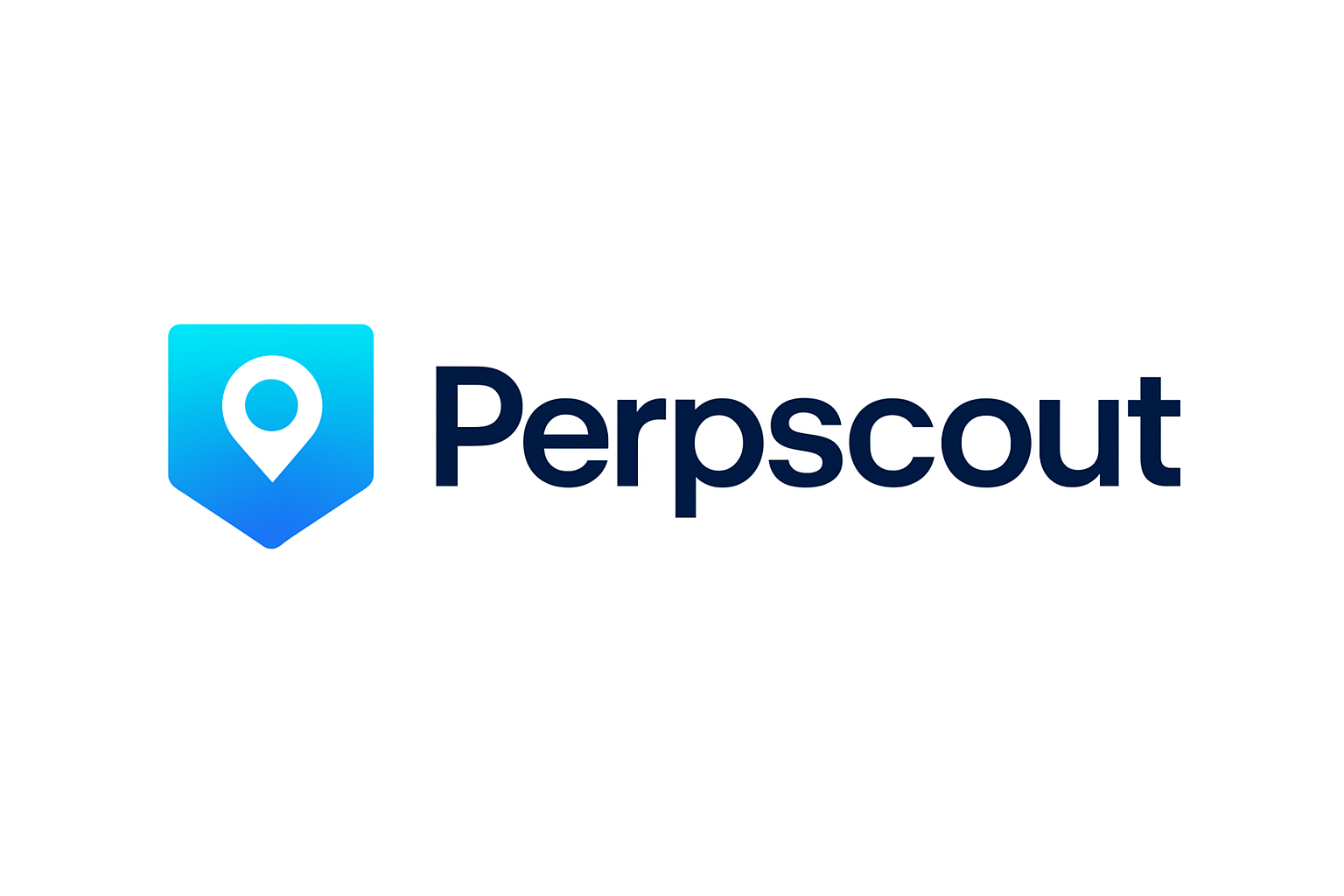
Daily trading volume has become the defining metric for ranking the best perp DEXs of 2024. As perpetual contract trading grows increasingly decentralized, traders and investors are seeking platforms that offer not only deep liquidity but also transparency, robust infrastructure, and innovative features. In 2024, the market saw a dramatic surge in activity: the top five perpetual decentralized exchanges (perp DEXs) collectively processed over $28 billion in daily volume according to DefiLlama, reflecting a 138% year-over-year increase. This article provides a precise breakdown of these leading platforms provides Aster, Lighter, Hyperliquid, edgeX, and ApeX Protocol: to help you navigate the evolving landscape of perpetual trading.

Decoding Daily Volume: Why It Matters for Perpetual DEX Rankings
Volume is more than just a number. High daily trading volume signals deep liquidity pools and active market participation, critical factors for minimizing slippage and ensuring efficient trade execution. For perpetual DEXs specifically, sustained high volume also demonstrates user trust in smart contract security and protocol design. In 2024’s hyper-competitive DeFi environment, platforms that consistently lead in volume tend to offer tighter spreads, more supported pairs, and advanced risk controls.
The current data from DefiLlama ranks these five as the most liquid perp DEXs:
- Aster: $9.162 billion daily volume
- Lighter: $7.338 billion daily volume
- Hyperliquid: $5.326 billion daily volume
- edgeX: $4.827 billion daily volume
- ApeX Protocol: $2.518 billion daily volume
This ranking is not static; it reflects ongoing shifts in trader preference as new features roll out and competition intensifies across chains.
The Leaders: Profiles of the Top Five Perpetual DEXs by Volume
Aster has emerged as the undisputed leader with $9.162 billion in average daily trading activity, a figure that dwarfs many centralized competitors. Its success is attributed to a highly optimized matching engine and broad multi-chain integration. Security audits and proactive risk management have further solidified its reputation among professional traders.
Lighter, holding second place at $7.338 billion per day, differentiates itself through ultra-low latency order execution and granular position management tools favored by high-frequency traders. Its modular architecture allows rapid deployment of new products tailored to emerging market trends.
Hyperliquid, with $5.326 billion in daily trades, has captured significant market share by focusing on capital efficiency and cross-margining capabilities across its supported assets. Notably, Hyperliquid’s transparent fee structure appeals to both retail users and institutional desks seeking predictable costs.
The fourth-ranked edgeX, processing $4.827 billion each day, stands out for its hybrid AMM/order book model, blending decentralized liquidity with centralized-style price discovery mechanisms for optimal trade execution even during periods of volatility.
ApeX Protocol, closing out the top five at $2.518 billion per day, offers unique incentives via its native governance token while supporting a wide range of synthetic assets beyond traditional crypto pairs.
Key Trends Driving Growth Across Top Perpetual Trading Platforms
The explosive growth in perp DEX volumes can be traced to several structural trends:
- Migration from centralized exchanges (CEXs) due to regulatory pressures and demand for self-custody solutions.
- The rise of multi-chain interoperability enabling seamless asset transfers between ecosystems like Ethereum, Solana, Arbitrum, and BNB Chain.
- Aggressive fee rebates and liquidity mining programs incentivizing both makers and takers on these platforms.
- The introduction of advanced risk engines supporting higher leverage without compromising protocol solvency or user safety.
This competitive landscape has forced each leading platform to innovate rapidly or risk losing market share, a dynamic that ultimately benefits end users through lower costs and greater choice.
Yet, as competition intensifies, the nuances in protocol design and user experience are shaping the next phase of perpetual trading. Aster and Lighter have set a new bar for execution speed and reliability, but the emergence of Hyperliquid, edgeX, and ApeX Protocol signals that differentiation is now as much about flexibility and composability as it is about raw liquidity.
Comparing Features: What Sets Each Perp DEX Apart?
When evaluating the best perp DEXs by daily volume in 2024, traders should look beyond headline numbers. Here’s how these top five stack up on core dimensions:
- Asset Diversity: Aster and ApeX Protocol both support a broad range of synthetic assets, including crypto majors, altcoins, and even some real-world indices. Lighter focuses on a curated set of high-volume pairs with deep liquidity.
- User Experience: Hyperliquid’s intuitive interface and transparent fee schedule have resonated with both newcomers and professionals. edgeX offers customizable dashboards tailored for advanced strategy deployment.
- Risk Management: All five platforms deploy robust liquidation engines, but Lighter’s granular position control tools stand out for active risk managers seeking precision hedging.
- Incentives and Governance: ApeX Protocol leads in community-driven governance and rewards through its native token, while Aster has pioneered innovative staking mechanisms to bolster protocol security.
If you’re weighing which platform to use, consider your own priorities: Are you seeking ultra-fast execution? Diverse asset exposure? Community influence over protocol direction? The answer will guide your choice among these market leaders.
What to Watch: Risks and Opportunities Ahead
The rapid ascent of perp DEXs brings new opportunities, but also unique risks. Smart contract vulnerabilities remain a persistent concern across all protocols. While Aster and Hyperliquid invest heavily in third-party audits, users must remain vigilant about evolving attack vectors. Additionally, explosive growth can strain liquidity during market shocks; platforms like edgeX mitigate this with hybrid models but no system is fully immune.
The upside? As regulatory scrutiny mounts on centralized exchanges, the self-custodial nature of perp DEXs becomes increasingly attractive. The leading platforms are already responding with improved onboarding flows, better documentation, and more transparent reporting, key factors for attracting institutional capital in 2025.
The Bottom Line: Navigating the Future of Perpetual Trading Platforms
The 2024 leaderboard provides Aster ($9.162 billion), Lighter ($7.338 billion), Hyperliquid ($5.326 billion), edgeX ($4.827 billion), ApeX Protocol ($2.518 billion): is more than just a ranking; it’s a snapshot of where innovation meets market demand in decentralized finance today. For active traders or investors exploring perpetual contracts, these platforms offer best-in-class liquidity, evolving featuresets, and robust security postures that will likely shape DeFi’s next chapter.
If you want deeper comparative analysis or technical breakdowns by platform, including execution models or fee structures, explore our detailed guides such as this comprehensive review of top perpetual DEXs for 2025.
Top 5 Perp DEXs by Daily Trading Volume (2024)
-

Aster: The current market leader, Aster stands out for its exceptional trading volume—over $9.16 billion daily—and robust liquidity. Aster’s advanced matching engine and intuitive interface attract both institutional and retail traders, making it a benchmark for performance and reliability in the perpetual DEX sector.
-

Lighter: With a daily trading volume of $7.34 billion, Lighter is acclaimed for its ultra-fast execution and low latency. Its innovative risk management tools and deep liquidity pools position it as a top choice for high-frequency and professional traders.
-

Hyperliquid: Capturing over 55% market share in Q4 2024, Hyperliquid processes $5.33 billion in daily volume. Its high-performance infrastructure, support for numerous trading pairs, and seamless on-chain experience have propelled it to the forefront of decentralized perpetual trading.
-

edgeX: edgeX boasts $4.83 billion in daily trading volume, recognized for its user-centric design and advanced analytics suite. The platform’s focus on transparency and security appeals to traders seeking a trustworthy and data-rich environment.
-

ApeX Protocol: With a daily trading volume of $2.52 billion, ApeX Protocol differentiates itself through decentralized governance and a community-driven approach. Its multi-chain support and dynamic fee structure cater to a broad spectrum of traders looking for flexibility and innovation.






